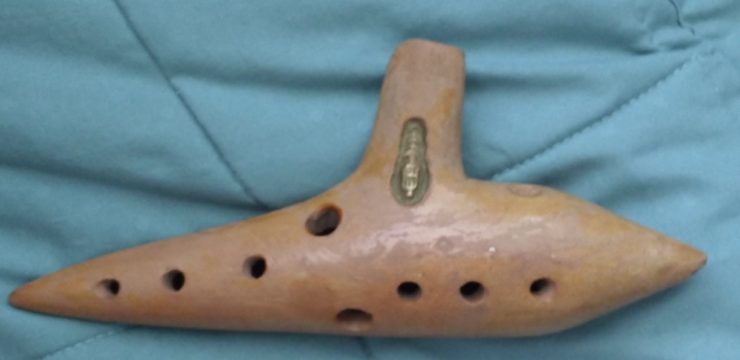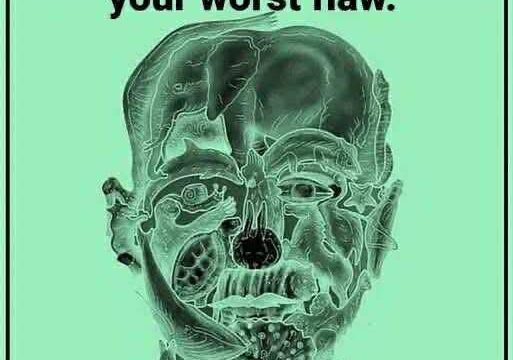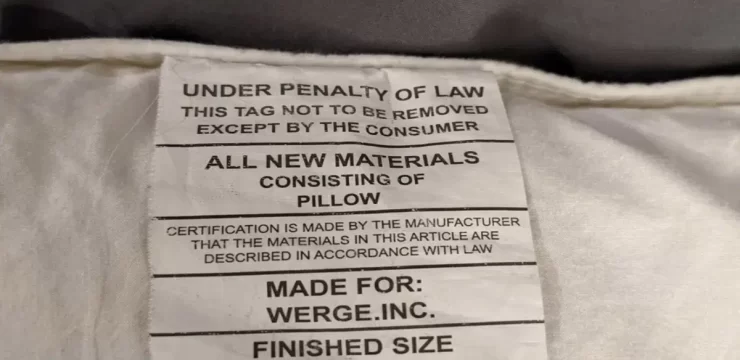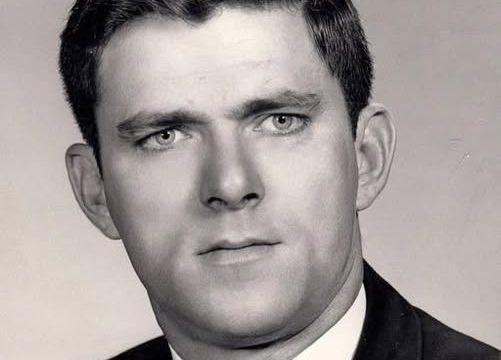At first glance, this puzzle seems incredibly simple—just a regular bathroom setup with everything where it’s supposed to be. But don’t let that fool you. Hidden in this everyday scene is one significant mistake, something so subtle yet crucial that most people miss it entirely on their first look. This brain teaser is all about testing how closely you pay attention to the little details, the ones your mind typically skips over because it assumes they’re just there.
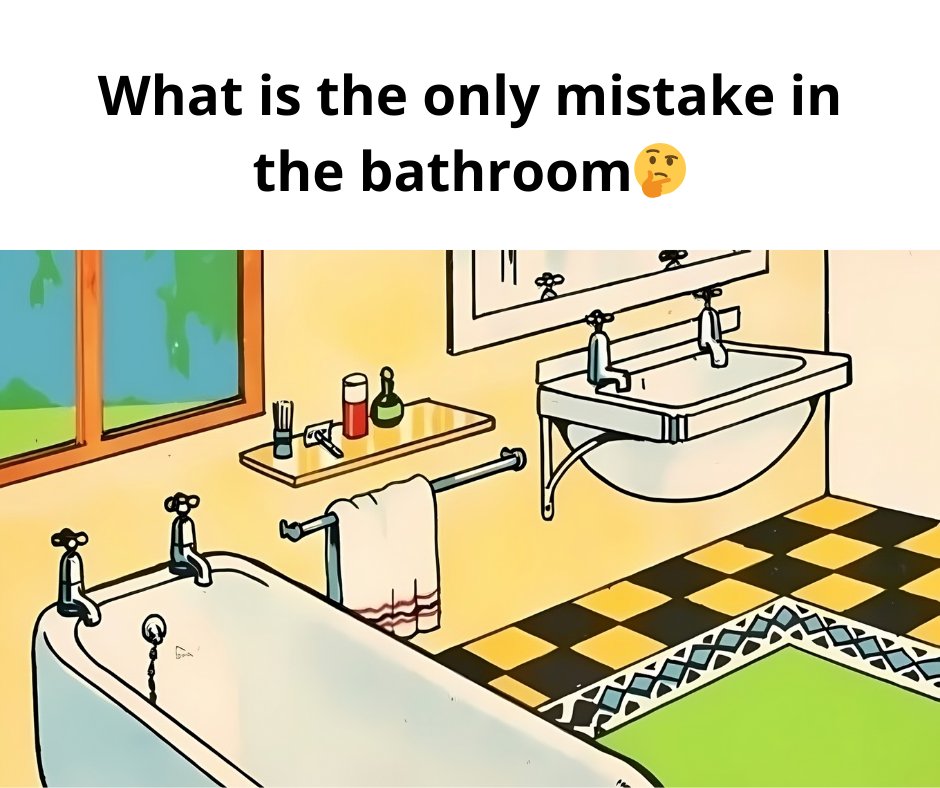
You see, we all walk into bathrooms and expect a few basics: a sink with a faucet, a mirror, a bathtub or shower, some toiletries, maybe a window for ventilation, and a towel rack. These expectations are so deeply ingrained that we don’t even question them. And that’s exactly why this puzzle works so well—it challenges those assumptions and forces you to look past the surface. Let’s break it down step by step and walk through the different elements of the image to uncover the one thing that doesn’t belong—or rather, the one thing that’s missing. We start with the essentials.
The sink and bathtub are usually the first things that catch your eye. Both look completely normal. The faucet is in place above the sink, and the tub seems to be set up correctly. Everything appears to be where it should be, so your mind moves on without raising any red flags. Then there’s the floor and the walls. The tiles have a simple, classic design that doesn’t distract you. The walls hold towels, a small shelf, and a mirror—all the things we expect to see. Nothing flashy or strange stands out, so once again, our brain gives it a pass. Functional accessories are next on the checklist. There’s a mirror above the sink, a towel rack nearby, and a few toiletry items lined up just where you’d expect them to be. This setup mirrors what you’d see in most bathrooms, making it easy to miss anything unusual. Even the window looks typical—letting in light, maybe helping with ventilation.
Some might briefly wonder if the absence of a curtain or blind is the mistake, but it’s not. The real issue is much more practical than aesthetic. The big reveal comes when you look under the sink. That’s when the oversight becomes obvious. There’s no drainage pipe beneath the sink. A sink, no matter how good it looks from above, is entirely useless without a way for the water to drain. This missing pipe is the one critical mistake hiding in plain sight. Because your brain automatically assumes that plumbing exists when a sink is present, it often skips this part entirely. But once you notice it, it becomes impossible to ignore.
This mistake isn’t just a design flaw—it renders the sink non-functional, turning what looks like a normal bathroom into a flawed setup. This puzzle isn’t just a fun game; it teaches valuable lessons about observation and assumptions. First, don’t take anything for granted. Just because something is supposed to be there doesn’t mean it is. We often miss what’s missing because our brains fill in the blanks based on experience. Second, focus on functionality, not just appearance. While decorative details might catch your eye first, they rarely hold the key to the puzzle. Practical elements—like whether water has a place to go—are where the real answers lie. Lastly, train your mind to look deeper. Challenge yourself to think critically about what you’re seeing.
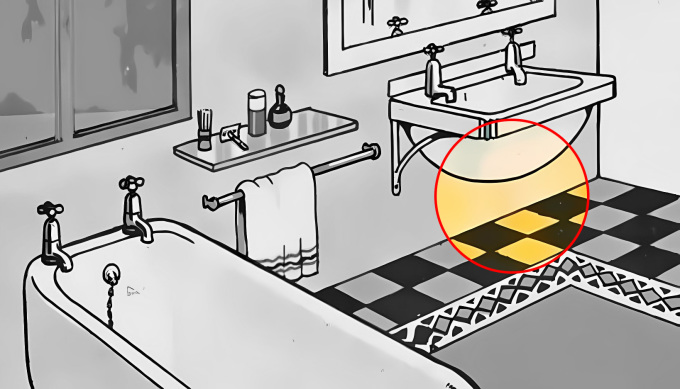
Ask yourself how something works and whether all the necessary parts are actually there. These skills don’t just help with puzzles—they sharpen your attention in everyday life, too. In the end, the missing drainage pipe beneath the sink is the only true mistake in the image. It’s a subtle yet impactful error that illustrates how easy it is to overlook something essential. This puzzle reminds us that the most important details aren’t always the ones we see right away. So next time you’re faced with a visual riddle, don’t just trust your first impression. Dig deeper, look closer, and question everything—because the answer might be hiding in the most unexpected place.

